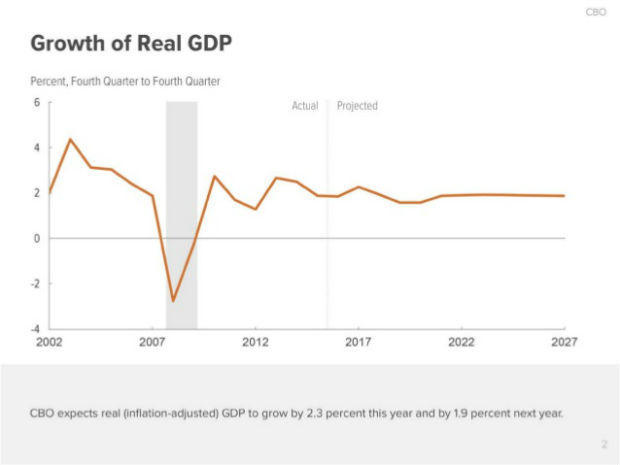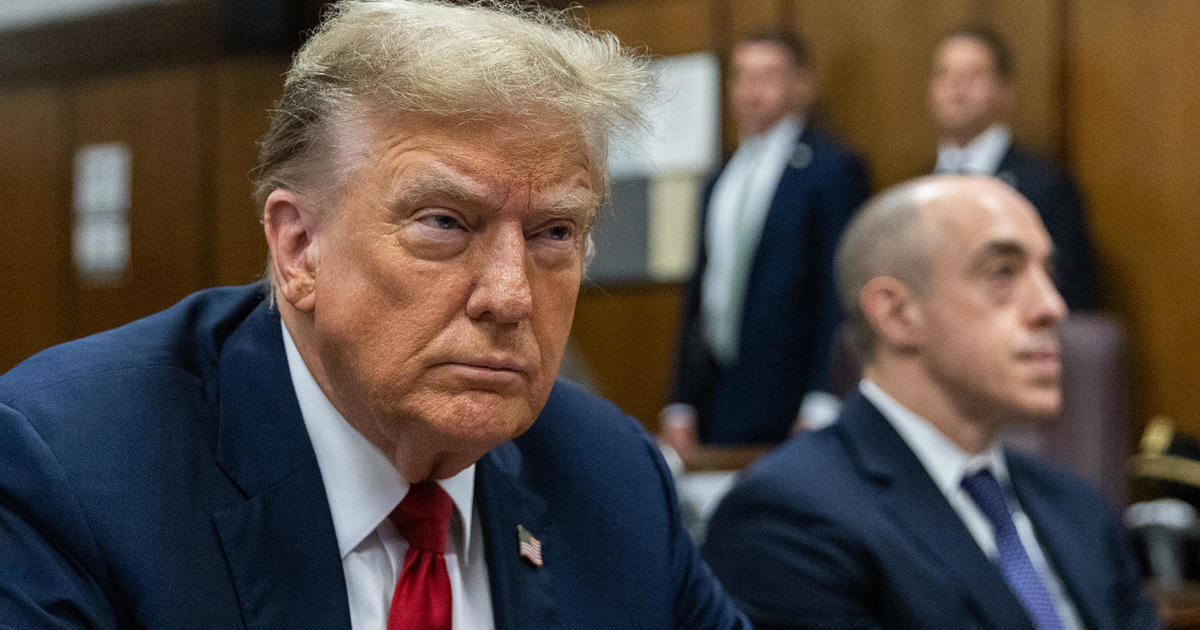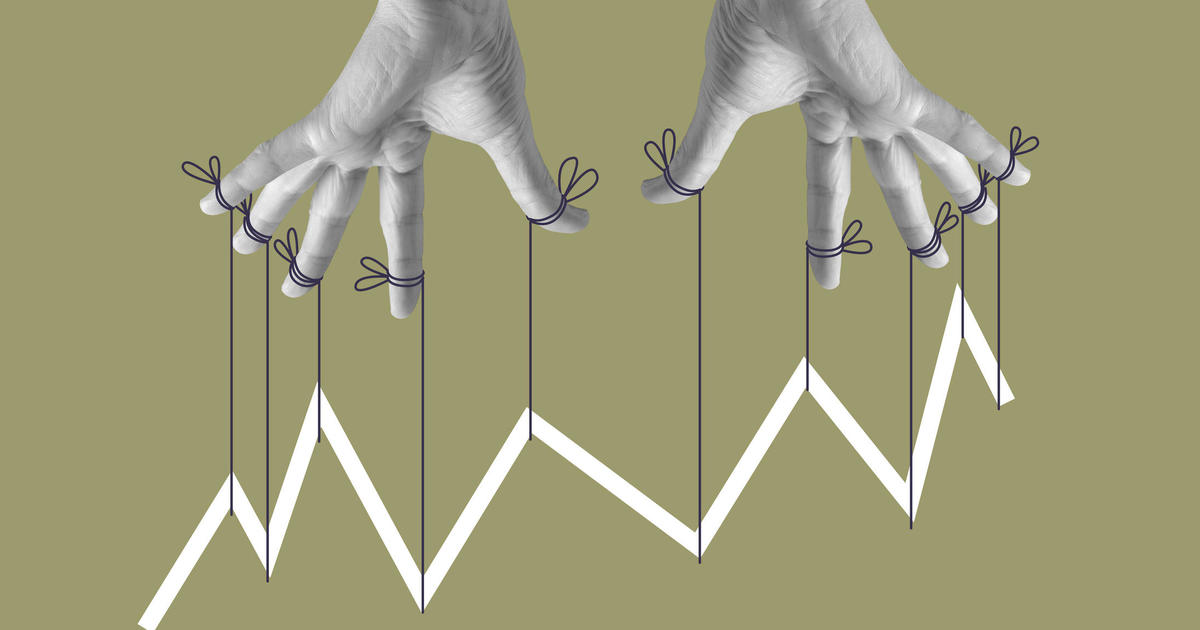U.S. economy expected to grow at modest pace
The U.S. economy will chug along this year at a modest growth rate of 2.3 percent, the nonpartisan Congressional Budget Office forecast on Tuesday, setting a baseline for President Donald Trump’s plans to speed the country’s expansion.
This way, Mr. Trump can be more confident that the economy is not about to tank or overheat, which would complicate his efforts to get his fiscal stimulus plan enacted. Nevertheless, the debate rages among economists about how the economy would perform under the weight of Mr. Trump’s policies.
For next year, economic growth will ratchet down a bit, to 1.9 percent, the CBO projected. The nation’s unemployment rate, 4.7 percent in December, is expected to stay below 5 percent for the rest of Mr. Trump’s four-year term. The analysis assumes no changes in current law, meaning the CBO isn’t factoring in what could happen if the president’s proposals take effect.
During the presidential campaign, Mr. Trump said that his plans to slash individual and corporate taxes and rein in regulations would push up economic growth to 3.5 percent -- which would be the fastest pace of expansion since 2004 -- and add 25 million jobs over the coming decade. “My great economists don’t want me to say this, but I think we can do better than that,” he told the Economic Club of New York in September.
As of the third quarter, the annual growth rate for the nation’s gross domestic product -- the total value of goods and services produced in the U.S. -- was close to Mr. Trump’s desired level, coming in at 3.5 percent, the U.S. Bureau of Economic Analysis reported.
But that result is likely to prove an aberration. Under Barack Obama’s administration, annual growth averaged around 2 percent, with only occasional spikes, such as 2014’s third quarter, when it hit 5 percent.
The U.S. Commerce Department is scheduled to release its full-year report for 2016 GDP on Friday. Projections for that number range from 1.5 percent (the Organization for Economic Cooperation and Development, an international body), to 2.4 percent (The Wall Street Journal’s survey of 50 economists).
Longer term, other analysts’ forecasts of economic growth during the early stages of the Trump administration, assuming no change in policy, are reminiscent of the pace during the Obama presidency.
The National Association of Business Economists said it expected GDP expansion of 2.2 percent in 2016. The International Monetary Fund has projected a 2.3 percent rise this year and 2.5 percent in 2017. Morgan Stanley’s estimate was similar: 2.3 percent and 2.4 percent.
Even without a Trump stimulus, analysts uniformly look for a rise in federal debt. The CBO said it would increase to 89 percent of gross domestic product by 2027, from the current 77 percent.
The Committee for a Responsible Federal Budget, a bipartisan group, sounded an alarm Tuesday about this trend. “CBO’s math is clear and undeniable -- the debt is growing faster than the economy and on an unsustainable path,” said the organization’s president, Maya MacGuineas.
Moody’s Investors Service issued an economic outlook Tuesday that also showed worry about the debt, saying: “Rising debt levels and interest rates will erode the U.S. capacity to absorb shocks. U.S. debt levels are the highest for any Aaa-rated country,” the service’s highest rating.
The government’s watchdog agency, the U.S. Government Accountability Office, last week warned that federal spending growth was expected to rise faster than revenue, mainly owing to rising outlays for Medicare and Social Security because the population’s aging. The GAO labeled that “unsustainable.”
By contrast, other measures suggest that America’s debt isn’t spinning out of control. As a percentage of GDP, the interest the U.S. pays on the federal debt has declined steadily to around 1 percent, down from about 3 percent in the early 1990s.




